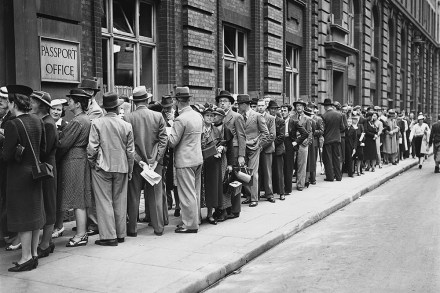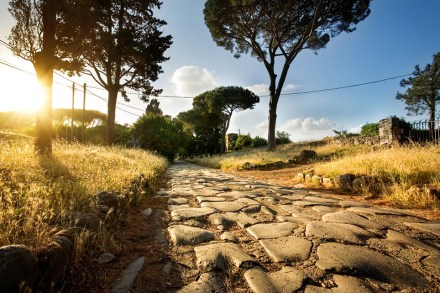Since when did the English love to queue?
This is a treasure house of a book, filled with curiosities and evidence of a rare breadth of patient investigation. Anyone who has read one of Graham Robb’s books, from his early biographies of classic French writers, through a wonderfully amusing study of 19th-century homosexuals, to a series of historical and geographical studies of France and Britain, will not be surprised at that. What is new in this idiosyncratic history of the British Isles is Robb shifting some of his own encounters to the foreground. In previous books, the experience of bicycling has been fruitfully used. Robb and his wife Margaret are serious cyclists, and the pace and scale of


